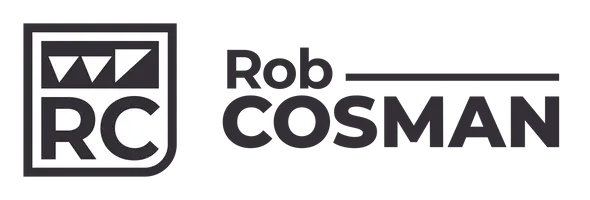Scraper Overview. Scrapers, also known as card scrapers, cabinet scrapers, or a hand scrapers are a wood finishing tool used to remove small amounts of material in tricky grain areas prone to tear out. They're simply thin, flat pieces of steel, with straight or curved edges that can be formed into tiny, high angle cutting tools. Scrapers must have their edges flattened and honed to 90 degrees then a small burr turned on the edge making the scraper an excellent finishing tool. Card scrapers are most suitable for working with hardwoods
Similar to the metal used in saws, scraper metal is between 50 and 52 on the Rockwell hardness scale. In fact, it is quite common to turn old worn out saw plates into scraper blades. You want the metal to be in this range so the metal can be easily prepared by a metal file and a burnisher.
Card scrapers are available in a range of shapes and sizes, the most common being a rectangular shape about the size of an index card. Another common shape is the gooseneck scraper, which resembles a French curve and is useful for scraping curved surfaces. For scraping convex surfaces, very small flexible rectangular scrapers are useful.
Card scrapers can also be used to manufacture complex moldings by cutting the negative of the desired molding into the steel. Such a profiled card scraper that is held in an adjustable stop is referred to as “scratch stock”.
How to Sharpen a Scraper. The goal of sharpening a scraper is simple: you want each of the working edges to be straight and as close to square as possible with a crisp sharp corner. A scrapers edge can be straightened by passing a mill bastard over the edge of the scraper or passing the scraper over a sharpening stone. In either method having a jig to hold everything square is a big help.
Burnishing. The final steps are done with a burnisher which is a short rod of steel that is harder than the scraper and polished to a very smooth surface. The burnisher will finish the job of sharpening the scraper's edges and then gently shape them into high-angle cutters. Hold the scraper in a vise or clamp it to a hard surface such as your bench. Coat the edges with oil so the burnisher slides smoothy with no chance of tearing the cutting edges. Holding the burnisher 90 degrees to the edge, stroke the edge numerous times to polish the edge of the scraper.
How to Turn a Burr. Use the burnisher very gently to push the cutting edge up to form a tiny, sharp hook that runs the full length of the scraper. Daub a little more oil along the edge, then tilt the top of the burnisher inward slightly (about 5°) so it contacts only the scraper's upper edge. The edge is sharp, so very little pressure is needed to make a tiny burr. Turn a burr on all four edges, so you'll be able to do plenty of work before you need to start over.
Using Your Scraper. A scraper can be pushed or pulled. Pulling is the easiest way to scrape large flat areas. Lean the top edge toward you about 30 degrees as you pull it along the grain. The cutting edge will begin to bite, cutting ultra-thin shavings right across its full width. To avoid creating a washboard effect, skew the scraper slightly.
To push the scraper, use your thumbs to bow the scraper from the center. This narrows the cutting area and allows you to work very precisely, removing material from a narrow line or a specific spot without disturbing the surroundings. The scraper's high cutting angle generates a lot of heat, so using a scraper holder, wearing gloves, or even using flexible magnets can help prevent burning your fingers
Many wood finishes, such as lacquers and varnishes, can be scraped smooth between coats faster and with more control than with sandpaper.



